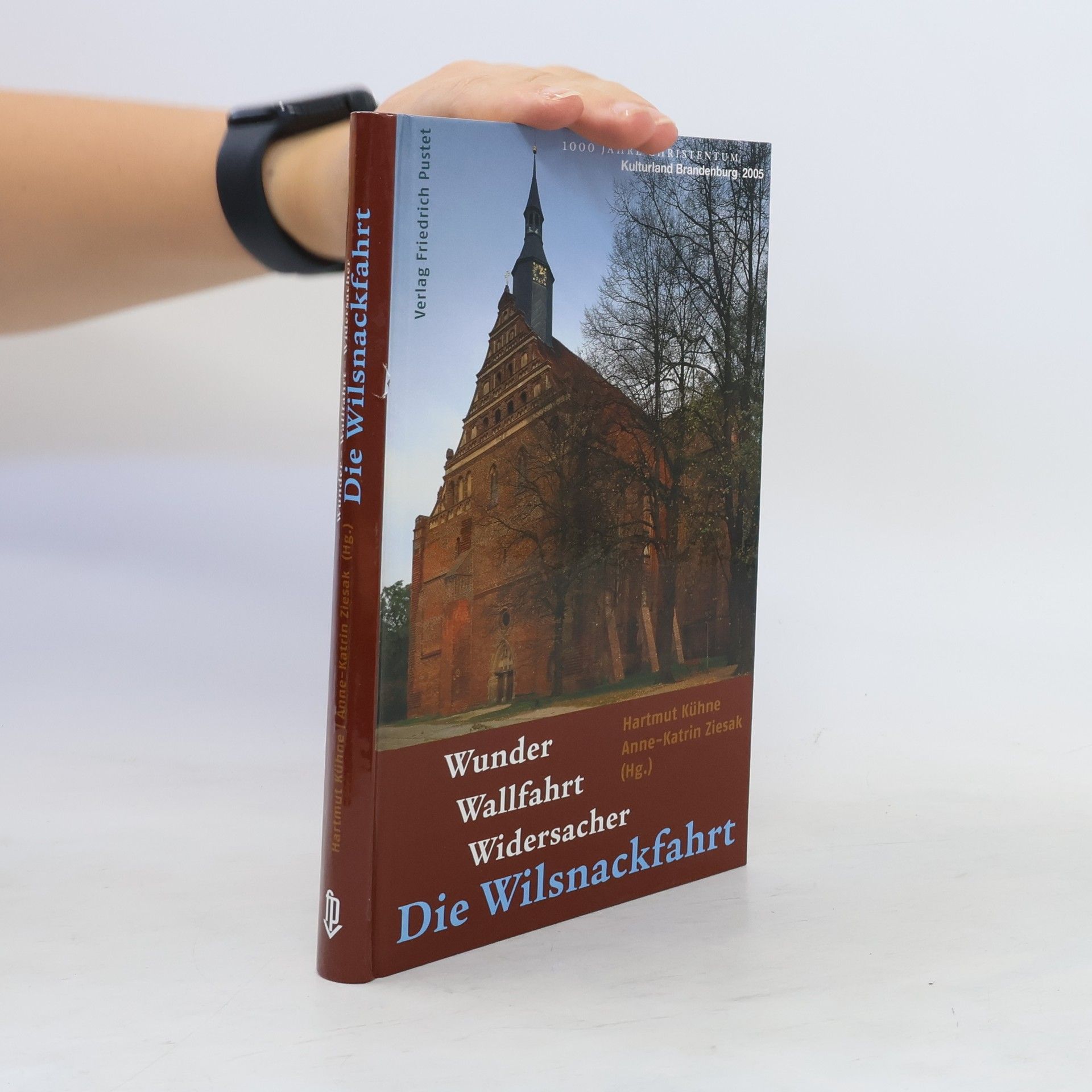Von Halle nach Rom, Jerusalem und Nowgorod
Das Gedenkbuch des Hallenser Apothekers Wolfgang Holtzwirth aus der Mitte des 16. Jahrhunderts






Das Gedenkbuch des Hallenser Apothekers Wolfgang Holtzwirth aus der Mitte des 16. Jahrhunderts
Ein Berlinkrimi zwischen Kiez und Privatdetektiv Sergeij Apostel will den Schmuggel von Informationen zu Atombomben verhindern. Iran und Nordkorea planen einen teuflischen Deal. Es geht um große Weltpolitik. Doch alles beginnt mit einem scheinbaren Routinefall. Apostel soll die vermisste Studentin Charlotte aufspüren. Ihr Freund wird gefunden - blutend und tot am Wannsee. Neben ihm liegt eine Frau. Aber das ist nicht Charlotte. Sie bleibt verschwunden. Eine Spur führt zu einem Neuköllner Hotel, das sich als Ort des Horrors entpuppt. Apostels Recherchen führen ihn von Berlins Drogenszene in die Basare Teherans und schließlich in das Büro der Bundeskanzlerin.Hartmut Kühne, Jahrgang 1965, ist mit der Berliner Hauptstadtpolitik gut vertraut. Seit über zwei Jahrzehnten arbeitet er als Jurist und Journalist in Berlin. In einem ersten Berufsleben war er Redakteur einer Wochenzeitung, in einem zweiten Mitarbeiter in einem Bundesministerium - vielfältige Erfahrungen, die in seinen Krimi eingeflossen sind. Er schreibt und veröffentlicht auch Kurzgeschichten.
Begleitband zur Ausstellung »Tetzel – Ablass – Fegefeuer« in Mönchenkloster und Nikolaikirche Jüterbog
Johann Tetzel ist eine zentrale Figur des Reformationszeitalters, oft als Gegenfigur zu Martin Luther stilisiert. Trotz differenzierter Darstellungen seines Lebens und Wirkens seit dem 19. Jahrhundert ist sein historisches Bild in der populären Wahrnehmung von Legenden überlagert. Die Reformationsdekade bot die Gelegenheit, sich erneut mit Tetzels Person und den Ablasskampagnen um 1500 zu befassen, in denen er eine herausragende Rolle spielte. Die Stadt und Kirchgemeinde Jüterbog haben diesem Vorhaben einen Rahmen gegeben, da Tetzels Auftritt in der damals zum Erzstift Magdeburg gehörenden Stadt den Anstoß für Luthers Thesenanschlag in Wittenberg gab. Das Buch dokumentiert die Ergebnisse einer Tagung in Jüterbog im April 2016 und dient als Begleitband zur Ausstellung „Tetzel – Ablass – Fegefeuer“, die vom 8. September bis zum 26. November 2017 in Jüterbog gezeigt wurde. Auf breiter Quellengrundlage wird Tetzels Lebenswelt dargestellt, und es werden bisher wenig beachtete Aspekte seiner Persönlichkeit beleuchtet, um ihn als Vertreter der vorreformatorischen Ablasspraxis einer breiten Öffentlichkeit näherzubringen. Alle wichtigen zeitgenössischen Dokumente zu Tetzels Wirken, einschließlich einiger Neufunde, werden mit Bild und Kommentar präsentiert.
Die Sammlung mittelalterlicher französischer Pilgerzeichen des Kunstgewerbemuseums in Prag und des Nationalmuseums Prag
In der Mitte des 19. Jahrhunderts wurden bei Brückenbauten und Flussbegradigungen kleine Zeichen aus Blei-Zinn entdeckt, die einen unerwarteten Einblick in die private Bilderwelt des Spätmittelalters boten. Diese Funde umfassten vor allem Pilgerzeichen und religiöse Devotionalien, aber auch profane Abzeichen mit politischen, ständischen oder erotischen Bedeutungen. Bis zum Ersten Weltkrieg fanden diese Stücke, überwiegend aus Frankreich, bei Sammlern und Museen Interesse, was zur Entstehung zahlreicher Sammlungen führte, von denen viele heute verloren oder zerstreut sind. Nach der Zwischenkriegszeit gerieten die Pilgerzeichen aufgrund ihres fragwürdigen Kunstwerts und spezifischer Lokalisierung in Vergessenheit. Erst in den letzten Jahren rückten die kulturhistorischen Möglichkeiten dieser Massenbildmedien wieder in den Fokus. Der vorliegende Katalog präsentiert eine Sammlung von etwa 500 französischen Zeichen, die 1891 von Adalbert von Lanna für das Prager Kunstgewerbemuseum erworben wurden und teilweise ins Prager Nationalmuseum gelangten. Diese Sammlung ist die größte ihrer Art weltweit, neben der des Musée national du Moyen Âge in Paris. Eine umfassende Neubearbeitung beider Sammlungen wurde durch ein Forschungsprojekt der Gerda Henkel-Stiftung ermöglicht. Der Katalog führt alle Objekte thematisch geordnet auf und bietet eine Einführung in die Geschichte der Sammlung sowie den Kontext der Pilgerzeichenforschung um 1900, er
Den Bundesstaat erneuern - Reformblockaden aufbrechen
Das , Heilige Blut von Wilsnack‘ – drei Hostien, die nach einem Kirchenbrand 1383 blutig erschienen und vermeintlich Wunder wirkten – war Ziel einer der größten Wallfahrtsbewegungen des Spätmittelalters. Ob fromme Könige, reiselustige Adelige, um ihr Seelenheil besorgte Bürger oder zur Wallfahrt verurteilte Mörder: Sie alle pilgerten in die karge Mark Brandenburg, um dort eines der berühmtesten Kultobjekte Europas zu verehren. Für Theologen wie Jan Hus, Nikolaus von Kues und Martin Luther dagegen wurde Wilsnack zum Symbol für leichtfertigen Wunderglauben und seine finanzielle Ausbeutung. Ihr Ende fanden die Wallfahrten jedoch erst nach der Verbrennung des , Wunderblutes‘ 1552. Schön auch die zahlreichen historischen Zeichnungen, die wie ein Bilderbuch den Text illustrieren, und die auf Kunstdruckpapier gedruckten Fotografien: Die Ablassurkunde römischer Kardinäle für die Wilsnacker Wallfahrtskirche, das Gemälde einer Pilgerspeisung auf dem Hedwigsaltar aus der Katharinenkirche in Brandenburg. Hat man sich eingelesen, macht es richtig Spaß über die weitgehend unbekannten Seiten Brandenburgs zu lesen: Auch die Mark war einmal Wallfahrtsland." Tagesspiegel